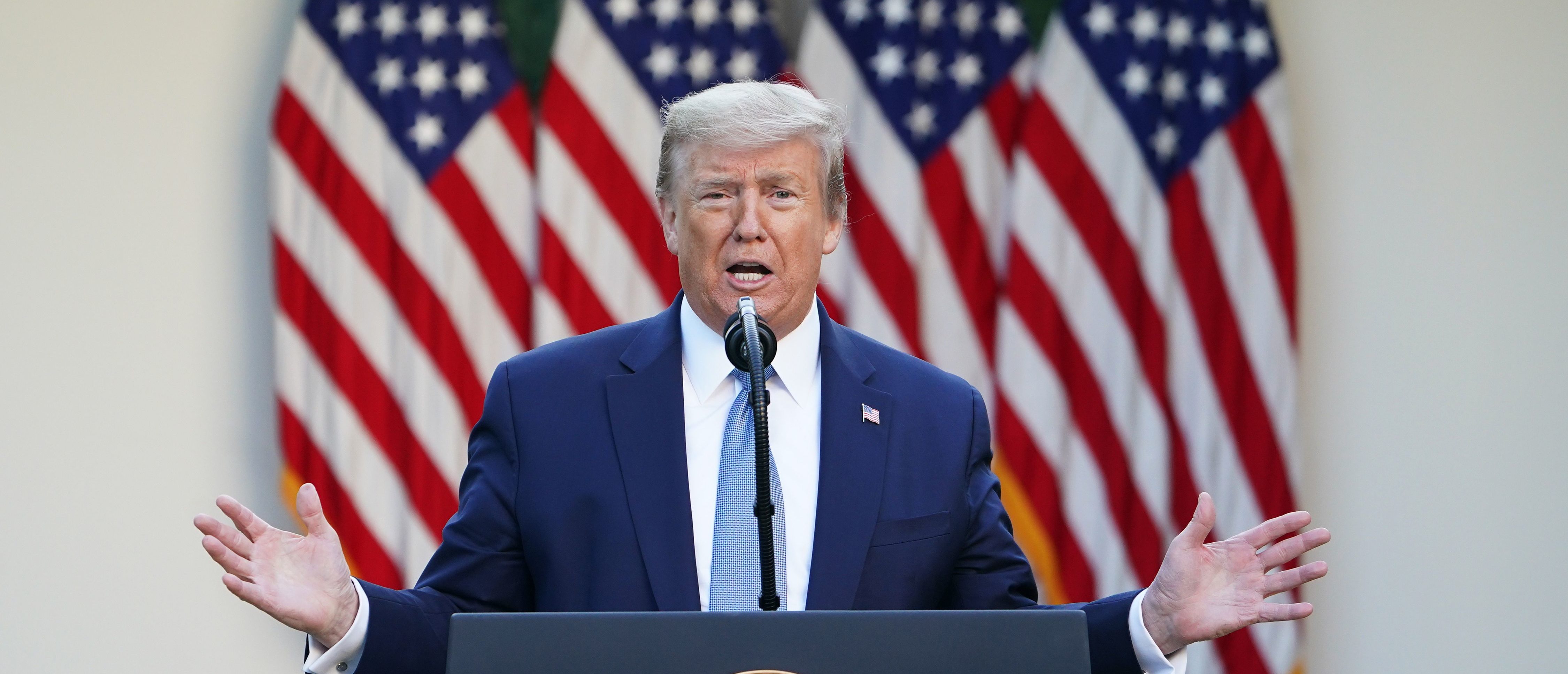Analyzing Rasmussen Presidential Poll Data

Rasmussen Reports is a well-known polling organization that conducts surveys on a variety of topics, including presidential elections. Analyzing the trends in their data can provide valuable insights into the political landscape and the preferences of voters.
Trends in Rasmussen Presidential Poll Results
The Rasmussen Reports presidential polls have shown some interesting trends over time. For example, in the 2016 presidential election, the polls consistently showed Donald Trump leading Hillary Clinton in the final weeks of the campaign. This trend was not reflected in other major polls, which showed Clinton with a narrow lead. Ultimately, Trump won the election, suggesting that Rasmussen Reports may have been more accurate in predicting the outcome of the election than other polls.
Comparison with Other Major Polls
It’s important to compare Rasmussen Reports data with other major polls to get a comprehensive understanding of public opinion. Rasmussen Reports is known for its focus on likely voters, which sets it apart from other polls that may include registered voters or the general population. This distinction can lead to differences in results, especially in close elections. For example, in the 2020 presidential election, Rasmussen Reports showed Donald Trump with a higher level of support than other polls.
Factors Influencing Poll Results, Rasmussen presidential poll
Several factors can influence the results of presidential polls, including:
- Economic conditions: The state of the economy can significantly impact voters’ perceptions of the incumbent president and their choices in an election. For example, if the economy is strong, voters may be more likely to support the incumbent, while if the economy is weak, they may be more likely to vote for a challenger.
- Political events: Major political events, such as scandals, crises, or policy changes, can also affect poll results. For example, the Watergate scandal in the 1970s led to a significant drop in President Richard Nixon’s approval ratings.
- Candidate performance: The performance of the candidates in debates, speeches, and media coverage can also influence poll results. For example, a candidate who is perceived as strong and competent may be more likely to gain support in the polls.
The Rasmussen Presidential Poll provides valuable insights into voter sentiment, often revealing key issues that drive the electorate. These insights can be further enhanced by understanding the impact of presidential debates , where candidates engage in direct dialogue and showcase their policies.
The Rasmussen Poll, by tracking public opinion before and after these events, offers a comprehensive view of how debates shape the political landscape.
The Rasmussen Presidential Poll is a valuable resource for gauging public opinion on current political issues. One of the key factors influencing these polls is the impact of presidential press conferences, which often set the agenda for public discourse.
For a deep dive into the style, themes, and impact of these events, check out this informative article on Trump press conferences. Understanding the dynamics of these press conferences is crucial for interpreting the results of the Rasmussen Presidential Poll.
